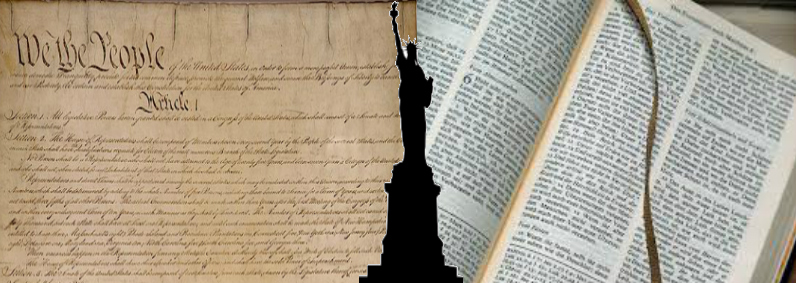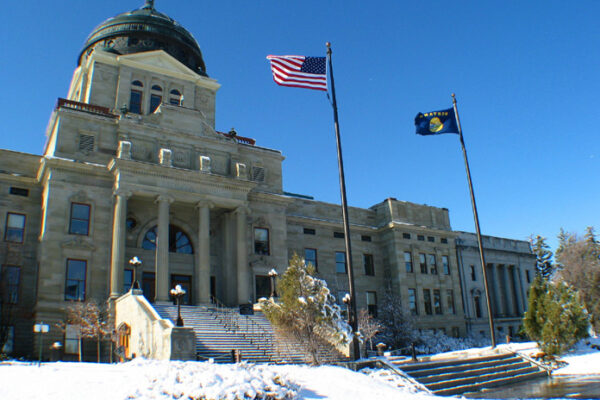
Background: The 2015 Montana Legislature passed a law that allowed the state to issue tax credits to people who contributed to a student scholarship organization (“SSO”). The SSO was set up to distribute those funds directly to a “qualified education provider,” which included religious schools. The legislature made it abundantly clear that the purpose of the new law was to provide tax credits for families who send their children to religious schools.
Montana’s Constitution, however, explicitly prohibits state aid to religious schools. The No-Aid Clause (Article X, Section 6) bars the state from providing “direct or indirect” aid for religious education. This clause—based on its text, history, and court interpretations—prohibits any state funding of religion.
Consistent with its mission and purpose, the Montana Department of Revenue (DOR) adopted an administrative rule that banned these tax credits from financially supporting religious institutions. The Montana Supreme Court will now consider whether the 2015 law and DOR’s rule are constitutional.
- Montana students and their parents certainly have a fundamental right to choose a religious education, but taxpayers are not and should not be required to fund that decision.
- It is unconstitutional to extend the tax credit to religious schools because of the Montana Constitution’s express ban of public dollars to religious schools (Article X, Section 6).The Department of Revenue’s rule brings the legislature’s tax credit law into compliance with the Montana Constitution by eliminating religious schools from the definition of “qualified education provider.”
- When tax-credit scholarships are used at religious schools, the state is indirectly paying for religious education. This violates the separation of church and state and would shift millions of taxpayer dollars to religious schools.
- Without the Department of Revenue’s rule, tax payments meant to support all state programs will be diverted to fund not only religious instruction and indoctrination, but also religious coercion and discrimination. For example, students can be excluded from a private school because of their religion, sexual orientation, or if they have a disability. These schools are also exempt from meeting the same educational requirements as public schools.
- These tax-credit scholarships also threaten the freedom of religion. If religious schools get funding from the state, the state would potentially be allowed to dictate the curriculum of religious schools.
- Montana’s public schools will be weakened if Montana’s already limited funding and institutional support is diverted to religious schools.
Read more about the Espinoza v. Montana Department of Revenue lawsuit at this link.


